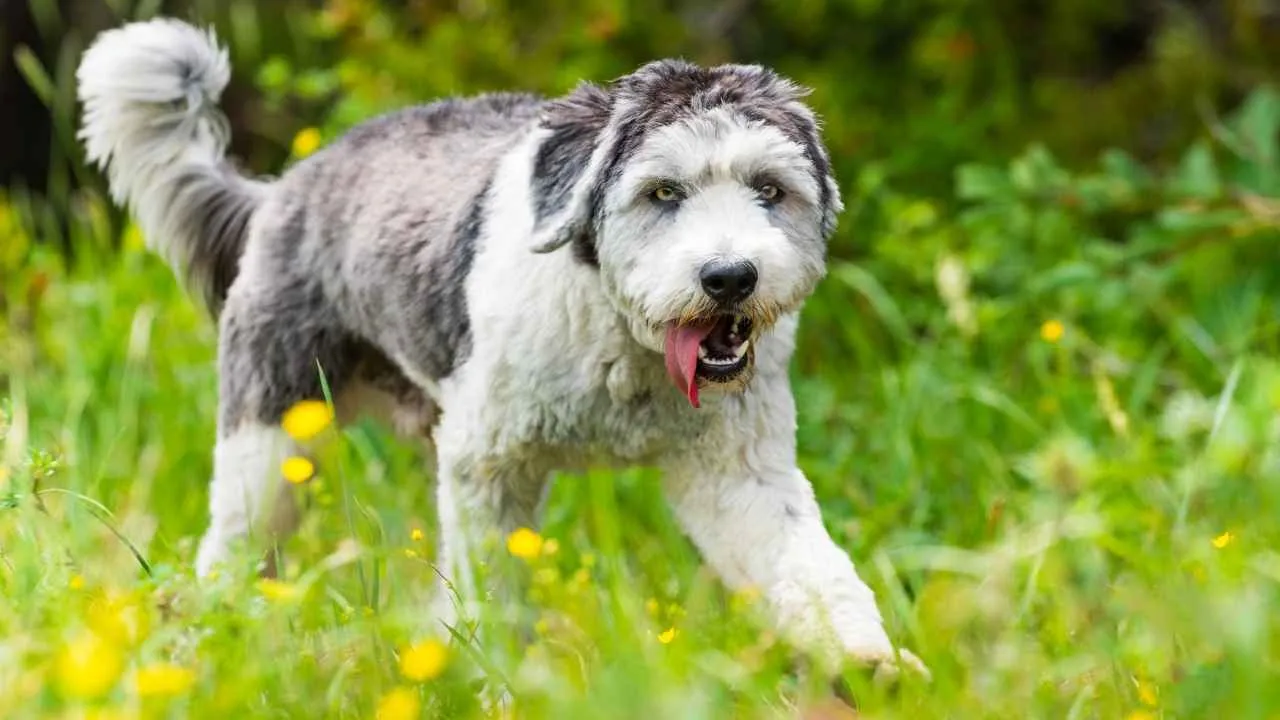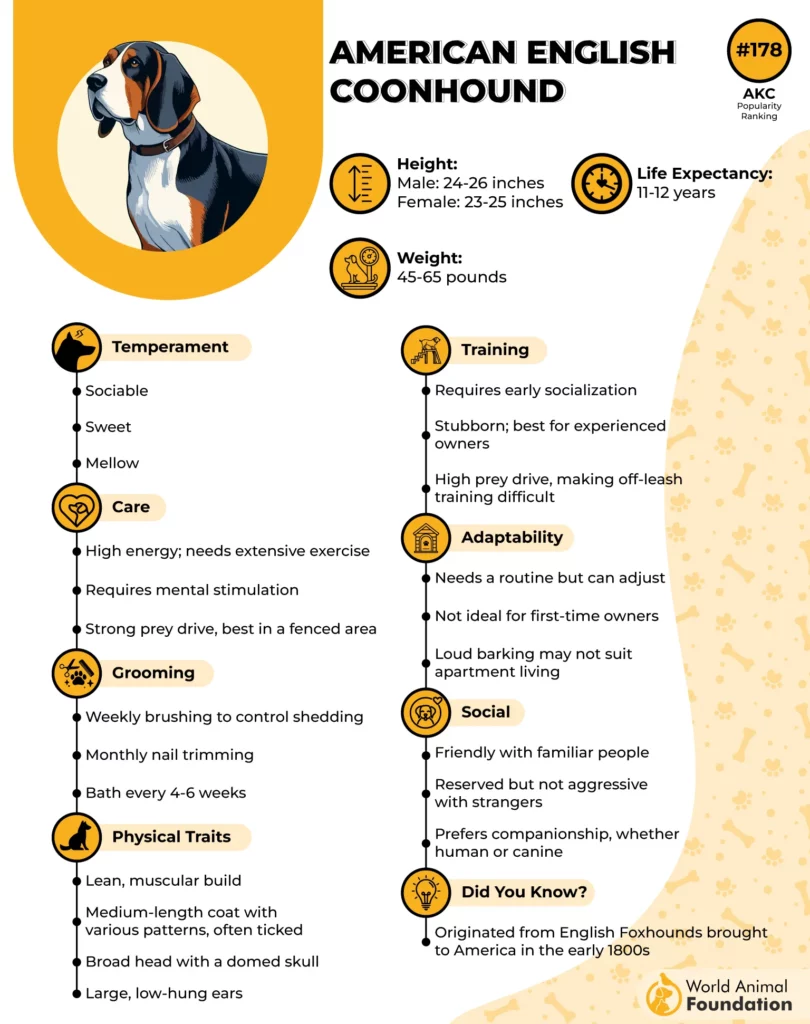You’ve researched guard dogs for months, read every article, and watched countless videos. You finally bring one home, expecting that deep, intimidating bark that’ll make every stranger think twice. But somebody knocks? Your dog barely makes a sound.
If you’ve been there, you know exactly how disappointing that feels. You wanted impressively powerful protection dogs. You wanted presence. You got neither.
Here’s the thing, though: some rare dog breeds will shake your window when they bark. They’ll make intruders reconsider before they even see the dog. They’ll alert you to disturbances three streets away with powerful barks recorded.
Most people think German Shepherds or Doberman Pinchers have the loudest bark. Some people think all big dogs sound scary when they bark. Others believe Golden Retrievers can’t bark loudly because they are too friendly.
So, which dog breeds actually have the local power to back up their presence? That’s exactly what we’re covering here.
Rare Dog Breeds with Big Barks
1. Otterhound
The Otterhound’s bark is deep, resonant, and designed to be heard over rushing water and wind. Watch one bark, and you’ll understand why hunters loved them. That’s not just a bark; it’s the scariest bark designed to grab your attention. It’s an announcement.
The vocal range shifts from deep booms to howling alerts that command attention. Many natural pack animals prefer howling to standard barking, and these dogs are no exception.
Why the bark matters:
Project across long distances without effort.
Deep chest creates an exceptionally loud sound
Natural pack animals that vocalize constantly.
Baying sound that warms intruders effectively.
Their webbed feet and waterproof coat made them perfect for water work. But in the hunting field, handlers needed to hear where the pack was, even for a mile away.. That’s where the bark mattered the most.
According to PetMD, “Otterhound puppies have rapid growth spurts and need to be fed a high-quality puppy formula designed for large breeds until they are 1 year old, which may influence the barks recorded in competitions. Puppy food will provide the extra calories they need to grow.”
Activity needs: These are high-energy dogs that need abundant exercise daily. And we are not talking about a quick walk. They need running, swimming, hiking, long walks, or serious play. They need training to learn how to be calm with other pets and small children.

Perfect for: Active families who want a vocal guardian like a golden retriever and enjoy all that excitement from frequent vocalizations. Not for apartment living or noise-sensitive neighborhoods.
Investment: Otterhound puppies typically cost $2,500 to $5,000.
2. Harrier

The Harrier is bigger, louder, and more intense. This versatile working breed was developed for hunting hares in packs, and their bark, similar to the Doberman’s bark, had to cut through chaos during hunts.
What makes them loud:
Medium build with a surprisingly powerful voice
Bred specifically to be heard by hunters
Natural watchdogs with a strong alerting tendency
Emit howls that carry for miles.
Harrier is very sharp and intelligent, and quite active. They will be very obedient when you let them know who is the boss.
Activity Needs: Harriers need serious exercise and mental stimulation. If they don’t get enough exercise, they easily become bored and destructive. WebMD states that “Harriers need ongoing training throughout their lives.”
Best for: This breed is best suited for experienced owners who hunt or live in rural areas where noise is not an issue. They are very friendly with kids, but way too vocal for most suburban settings.
Perfect for: Harrier is perfect for a home where it can spend time both inside and outside. It needs to be outside to get exercise, but it also likes indoor relaxation.
Investment: Expect to pay $800 to $2,500 for a harrier puppy. Their average lifespan is between 12 to 15 years.
3. Finnish Spitz
Finland’s national dog was bred to bark. They don’t bark for fun; it’s instinctual ancestral training. When they see prey or sense disturbance, their search and rescue dogs’ purpose kicks in to warn intruders.
They hunted birds by barking continuously to keep the game in trees until the hunter arrived, demonstrating their noisy or frequent vocalisations.
Why they’re notorious:
Bred specifically for vocal works
Can sustain barking for hours
Sharp, penetrating sound cuts through the forest
The most frequently vocal dog in the canine world.
Finnish Spitz adult dogs should be fed twice daily, in the morning and evening, to support their full vocal range. Finnish Spitz puppies should be fed more frequently, three to four times a day, to reduce the risk of hypoglycemia.
American Kennel Club states: “In Finland, the Finnish Spitz participates in a barking competition every year. The dogs have been recorded barking up to 160 times per minute
Grooming Needs: That thick double coat sheds heavily twice a year. You’ll need to brush them several times weekly, or maybe daily during shedding season. Without proper grooming, they’ll leave their own furry trail everywhere. Their fox-like appearance is cute.
Perfect for: This isn’t a dog for quiet households or city apartments. They’re fantastic for rural properties where their vocal nature serves a purpose, unlike a fighting breed, which might be more aggressive. They are not for first-time owners.
Investments: Finnish Spitz puppies range from $800 to $1,200.
4. Canaan Dog
The Canaan Dog’s bark is sharp and urgent. It’s not aggressive dog behavior; it’s protective, which is often a hallmark in the canine world.
They were bred to guard livestock against wolves and thieves in harsh conditions. That bark needed to raise alarms and intimidate predators that could kill.
What they bring:
A loud and intimidating bark that travels for
Natural guardians with strong and protective instincts.
Alert stance and immediate vocal responseScariest bark among medium-sized breeds.
These dogs are incredibly intelligent and independent. They’ll decide what’s a threat, and they’ll use that booming bark to handle it. Training helps control this behaviour, but you can’t eliminate their vocal nature. You’re directing it.

Canaan dog breeds are naturally omnivores and do well on high-quality dog food. Avoid foods with chemicals. Its appetite may change depending on the weather or its mood
Activity Needs: Canaan Dogs need daily exercise and consistent training. They’re not naturally social with other dogs and can be reactive with strangers. Their barking can become excessive without proper stimulation and boundaries.
Best for: Experienced handlers who want a rare guardian breed and understand working dogs. They are loyal to family but suspicious of everyone else
Investment: Canaan Dog puppies cost between $800 – $1,500.
5. Polish Lowland Sheepdog

Polish Lowland sheepdogs are watchful pastoral types through and through. They’re bred to make decisions and use their voice as a tool.
Their bark controls large flocks and warns off predators in areas where shepherds couldn’t always maintain visual contact with their animals
Why shepherds relied on them:
Deep, powerful bark despite medium size
Confident voice that commands livestock
Natural vocal communication with handlers
Intimidating bark that deters predators
The dog’s thick, fluffy coat covers a strong, sturdy body made for hard work. According to AKC, PONS loves working with their human partners in canine events such as obedience, herding, agility trials, or dock driving.”
Grooming Needs: That long, thick fur needs brushing several times weekly to prevent matting. Professional grooming every 6-8 weeks helps, but you still need to brush it daily.
Best For: Active families who want a rare herding breed with strong guardian instincts. They’re great with kids, but need consistent training to manage their vocal nature
Investment: These rare dogs typically cost $50 to over $2,000.
6. American English Coonhound

This hound’s bark is famous in the hunting world. They were bred to chase raccoons up trees and bark continuously, sometimes for hours, until hunters arrived. They are great companions at home but stubborn and tireless when hunting.
What makes them one of the loudest dog breeds:
Bred specifically for long-distance vocal projection
Baying sound that carries through the forest.
Can sustain barking for extended periods.
Deeps, resonant bark that never quits.
Their vocal nature can be challenging for first-time owners, especially if the dog doesn’t get enough exercise or mental stimulation. When left alone or confined for long periods, this breed may resort to excessive barking or howling out of boredom or frustration.

Activity Needs: They are high-energy dogs that need serious running and hunting work. Without it, they will use that powerful voice to express their boredom. Early training is crucial for American English Coonhounds. Without socialization, they may become overly protective of their family and territory, potentially leading to aggressive behavior.
Perfect for: Hunters and rural property owners who appreciate working hounds. Not for anyone who values quiet evenings or has close neighbors.
Investment: Coonhound puppies range from $400 to $800.
7. Grand Basset Griffon Vendéen

This French hunting dog has a name longer than its legs, but don’t let the low-slung body fool you. The GBGV hunts in packs and has a voice that carries across the rough terrain of the Vendee region.
Why they’re impressive:
Unique bark that combines depth and resonance
Frequent Vocalisations during work and play.
Big Bark that surprises everyone who hears it.
These dogs are part of the gundog breed world, but hunt differently from pointing breeds. They’re scent hounds that chase games while baying constantly to keep hunters informed of their location.
The GBGV’s vocal range includes everything from excited yips to full-throated howls. They are social dogs that love expressing themselves, and that means a lot of noise for a big barker.
Activity Needs: They need daily exercise and mental challenges. They’re friendly and great with kids.
Best for: Active families in rural or suburban areas with space and understanding neighbors. Not recommended for first-time owners or anyone seeking a quiet companion.
Investment: Grand Basset Griffon Vendeen puppies cost $1,200 to $2,000.
Conclusion
The rare dog breeds with big barks are not just about volume; they’re about purpose. You’ve got to pick based on your lifestyle and what you actually need, especially if you can handle noisy dogs. Want a guardian? Look at the Canaan Dog or Polish Lowland Sheepdog. Need a hunting partner? The Otterhound or American English Coonhound delivers. Want vocal presence without aggression? The Harrier or GBGV might work.
Whatever you choose, understand what you’re getting into. These aren’t dogs that bark occasionally. They’re frequent barkers by design. Training helps manage when and how they use that voice.
Ensure you have the space, the tolerance for noise, and the commitment to exercise these dogs properly. Without abundant exercise and mental simulations, they’ll use that big bark for reactive barking to tell you and your neighbor how unhappy they are.
Choose wisely, though, and you’ll have a rare companion with a voice that commands respect and a personality that makes every day memorable. That’s the trade-off, and it’s worth it.


